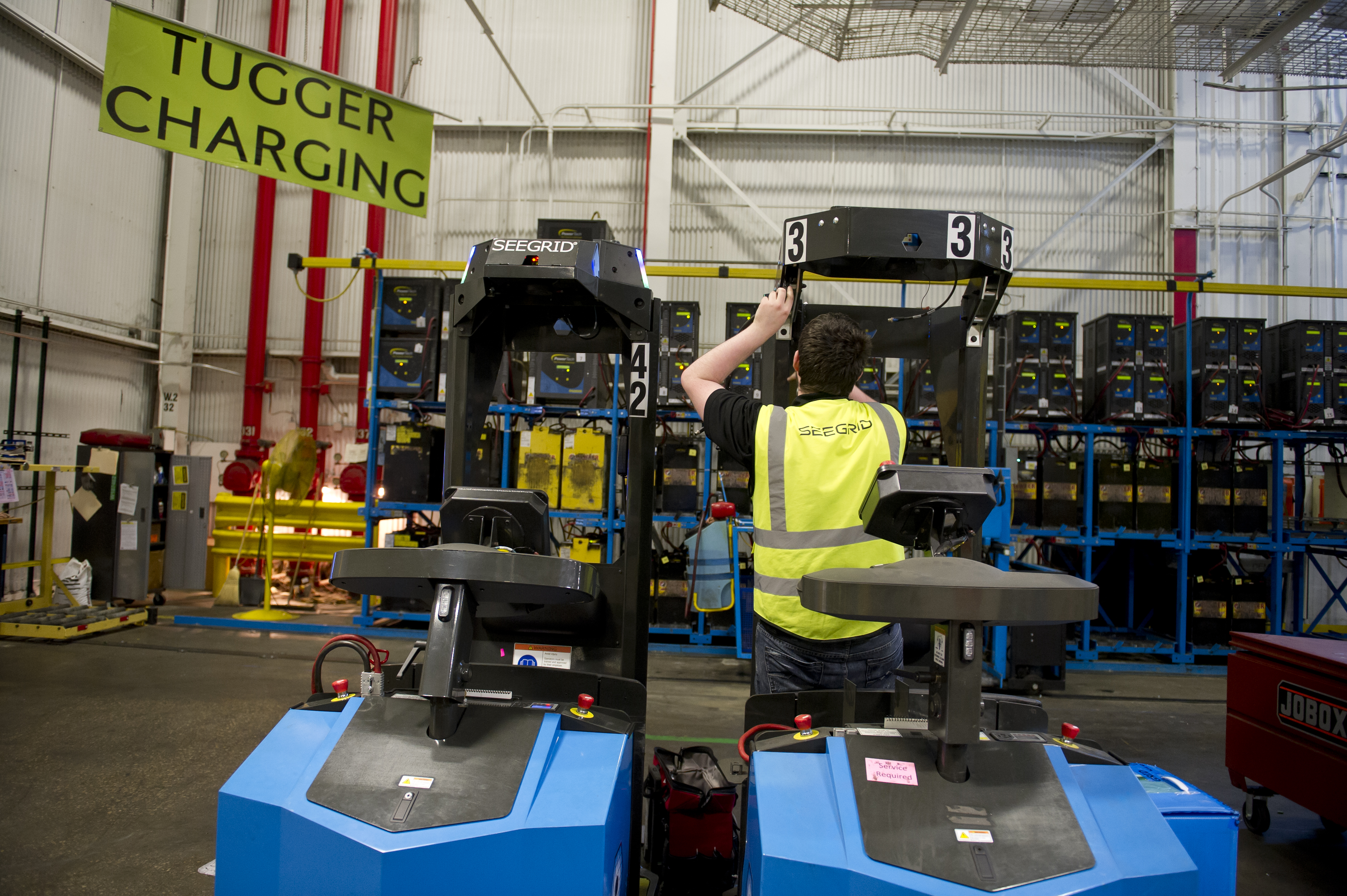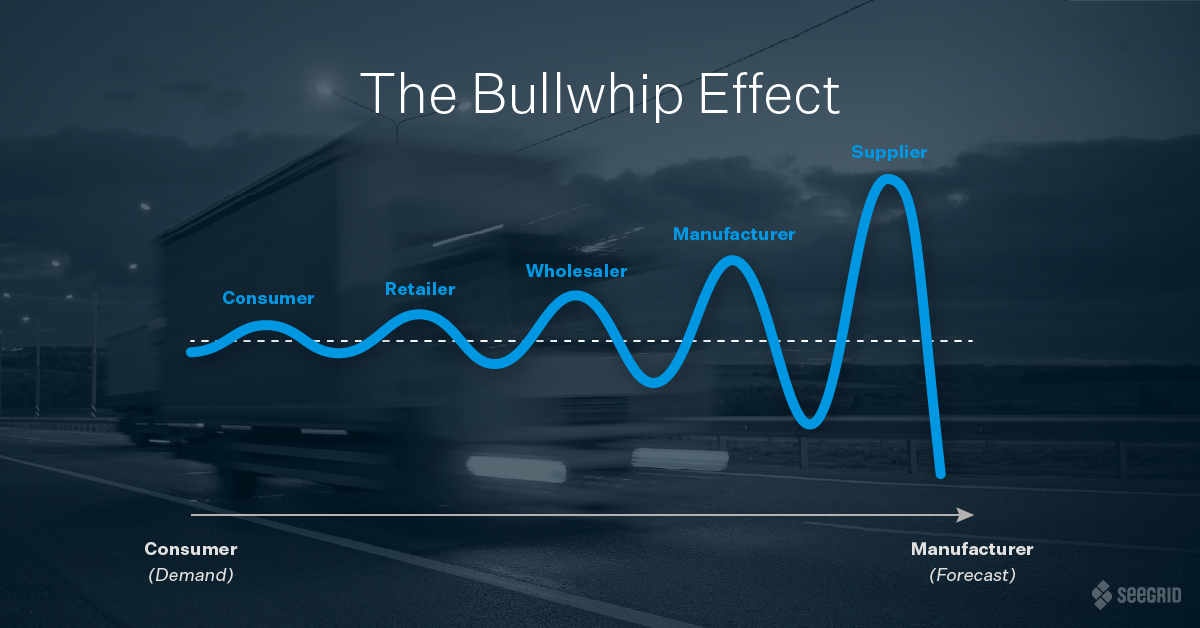This article was originally published in Business 2 Community.
Last month, an annual gathering of top manufacturing experts took place at MODEX, one of the world’s largest conferences for manufacturing and supply chain solutions. This year’s theme was “future-proofing your business,” and suppliers presented the next-generation of equipment and technology that will propel companies into the future of manufacturing.
Although the idea of automation excites many in the industry, it can also be met with apprehension and distrust, especially among factory workers who fear that their jobs might be replaced. The reality is that these innovations actually help move workers out of dangerous and mundane jobs and into new, more strategic jobs that empower them through more cerebral work and management roles.
A robot workforce may seem like the distant future, but even today the human-robot workforce is already at work for many global brands, creating safer and more efficient supply chains worldwide.
Here are four benefits that robots will bring to the manufacturing workforce.
Empower Workers to Do More Engaging Work
Automating dirty, dull, and dangerous tasks frees up employees to focus on aspects of their jobs that require creativity and decision-making skills – in particular, areas that truly add value to the organization. For instance, in an automated work environment, employees that once spent most of their time driving forklifts are being trained to operate software that oversees robot movement throughout their factories and learning to optimize supply chain automation. As manufacturers continue to add automation, human employees will enjoy more fulfilling and productive work.
Support Worker Safety On The Job
In the United States alone, someone dies in a forklift accident every three days, not including near-misses and the 120,000 additional injuries per year. Workers are also often required to perform physically taxing maneuvers to complete tasks, including lifting, pushing, or pulling heavy loads. Over time, these types of repetitively straining activities can lead to back problems and other chronic health issues. Automating heavy, dangerous jobs with vehicles that are smart enough to safely work alongside humans significantly improves working conditions within manufacturing plants.
Increase Efficiency Through Data Collection
By using robots for everyday tasks, companies gain performance data and other metrics that give a deeper view into the efficiency of their supply chain operations. Production workers and management can leverage insights to continuously improve performance and processes. Consistently showing gains in productivity and efficiency not only helps the business but also improves worker morale – especially as they are no longer burdened with all the dull and repetitive tasks to achieve that efficiency. Better data leads to better overall performance and individual career advancement.
Fill Labor Shortages
Many U.S. factories are having trouble filling open positions for a variety of reasons, and robots can help fill the void for companies that are unable to find humans to do the job. When automation closes labor gaps, it helps current workers by relieving the daily burdens and pressures associated with being understaffed. When production is adequately staffed, facilities are able to meet business goals, stay competitive, and support local economies by keeping the doors open. Robots are also a lot more scalable when there are spikes in demand. For example, self-driving vehicles can be up and running in less than a day–with routes trained and replicated across a fleet, while training for powered industrial truck drivers can take weeks.
The introduction of automated technologies will undoubtedly lead to a shift in the responsibilities of the human workforce, but this does not mean that human workers will become obsolete. Rather, shifting undesirable, repetitive, and dangerous work to robots frees up human workers to take on roles that allow them to showcase their creativity and problem-solving skills. It is imperative that companies realize the positive impacts that automation can bring if they hope to compete in tomorrow’s economy.






